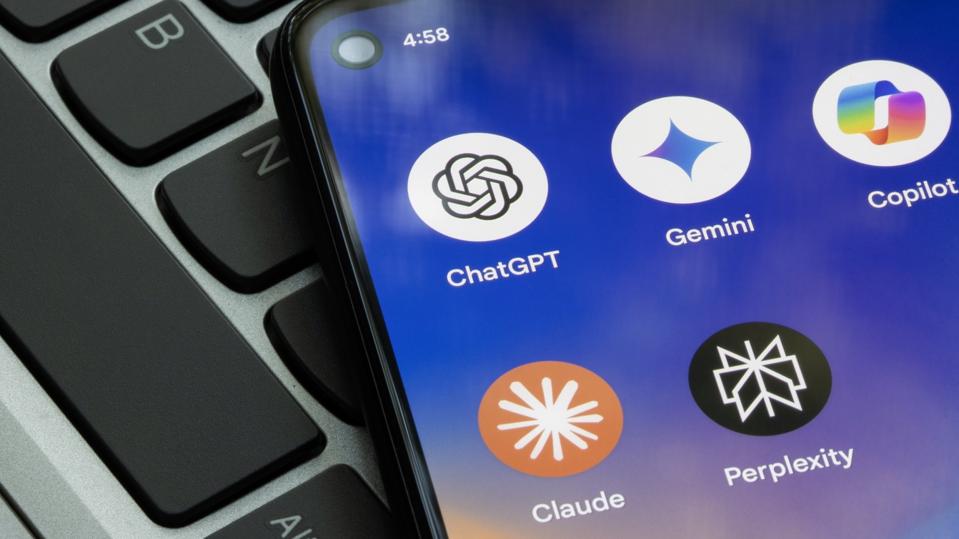
AI Chat Privacy At Risk—Microsoft Uncovers Whisper Leak Side-Channel Attack
Microsoft has uncovered a privacy vulnerability dubbed Whisper Leak that can inadvertently reveal the subjects you discuss with AI chatbots such as ChatGPT, despite the fact that your conversations are encrypted. This flaw allows observers of your internet connection to potentially deduce whether you are discussing sensitive topics like financial crimes, political issues, or other confidential matters by analyzing data flow patterns rather than accessing the exact content of your communication. While the words themselves remain encrypted and unreadable, the timing and size of the encrypted data packets exchanged with the AI reveal clues that enable informed guesses about the conversation’s theme.
Imagine observing someone’s outline moving behind a frosted glass—you cannot discern specific details, yet you can infer whether they are dancing, cooking, or exercising based on the motion. Similarly, the Whisper Leak vulnerability scrutinizes the discrete streaming of responses, which display word by word on your screen as opposed to delivering entire answers at once. This method, intended to create a seamless conversational experience, inadvertently introduces a privacy risk by exposing identifiable patterns in data transmission.
Research led by Microsoft security experts involved an attack strategy examining the size and timing of encrypted data packets transferred between users and AI services. Potential eavesdroppers may include government agencies capable of monitoring at the ISP level, hackers on local networks, or individuals connected to shared Wi-Fi hotspots such as those in coffee shops. Importantly, attackers do not need to decrypt the conversation itself; rather, they analyze metadata such as packet sizes and intervals to predict the topic discussed with significant accuracy.
Microsoft’s team demonstrated this vulnerability by training AI models to recognize conversation signatures based on packet timing and sizes. When tested across popular chatbots from companies including Mistral, xAI, DeepSeek, and OpenAI, the detection software achieved over 98% success in identifying specific conversation topics. Furthermore, this attack becomes increasingly potent over time, improving by continuously learning from multiple conversations tied to the same individual or subject, with well-resourced adversaries potentially surpassing the initial accuracy rate.
Fortunately, companies like OpenAI, Microsoft, and Mistral have implemented countermeasures following Microsoft’s disclosure of Whisper Leak. The adopted solution involves adding randomized gibberish with varying lengths to each AI response. This padding disrupts the recognizable data flow patterns that attackers rely on, effectively neutralizing the threat without affecting user experience. The technique can be likened to injecting random static into a radio signal: while the intended recipient receives a clear message, anyone attempting to analyze the transmission sees confusing noise.
Microsoft recommends several steps for individuals concerned about chatbot privacy. Avoid discussing highly sensitive topics over untrusted or public Wi-Fi networks, where monitoring risks are highest. Employing a virtual private network (VPN) adds an extra layer of encryption by routing traffic through protected tunnels, significantly reducing visibility to potential eavesdroppers. Verify if the AI platforms you use have adopted protections against Whisper Leak, as providers have begun rolling out fixes. Lastly, for deeply sensitive issues, consider whether using AI assistance is appropriate or if the discussion could be deferred until a secure connection is available.
This revelation emerges amidst intensifying scrutiny over AI chatbot security more broadly. A recent study investigating multiple AI systems from several major tech firms revealed susceptibility to attacks that erode the models’ safety rules through sustained, iterative questioning, eventually coaxing them to generate unwanted or dangerous outputs. This illustrates a broader principle in contemporary security: encryption alone does not guarantee privacy. Even when message contents are concealed, metadata patterns such as frequency, timing, and size can leak critical information.
Analogously, this is like sealing letters but leaving return addresses visible; although the letter contents remain secret, outsiders glean valuable insights by monitoring who communicates with whom and how often. The discovery of Whisper Leak serves as an important reminder that as AI technologies become more sophisticated and integrated into daily life, security strategies must adapt to protect both the substance and the subtle patterns in how information is transmitted.
